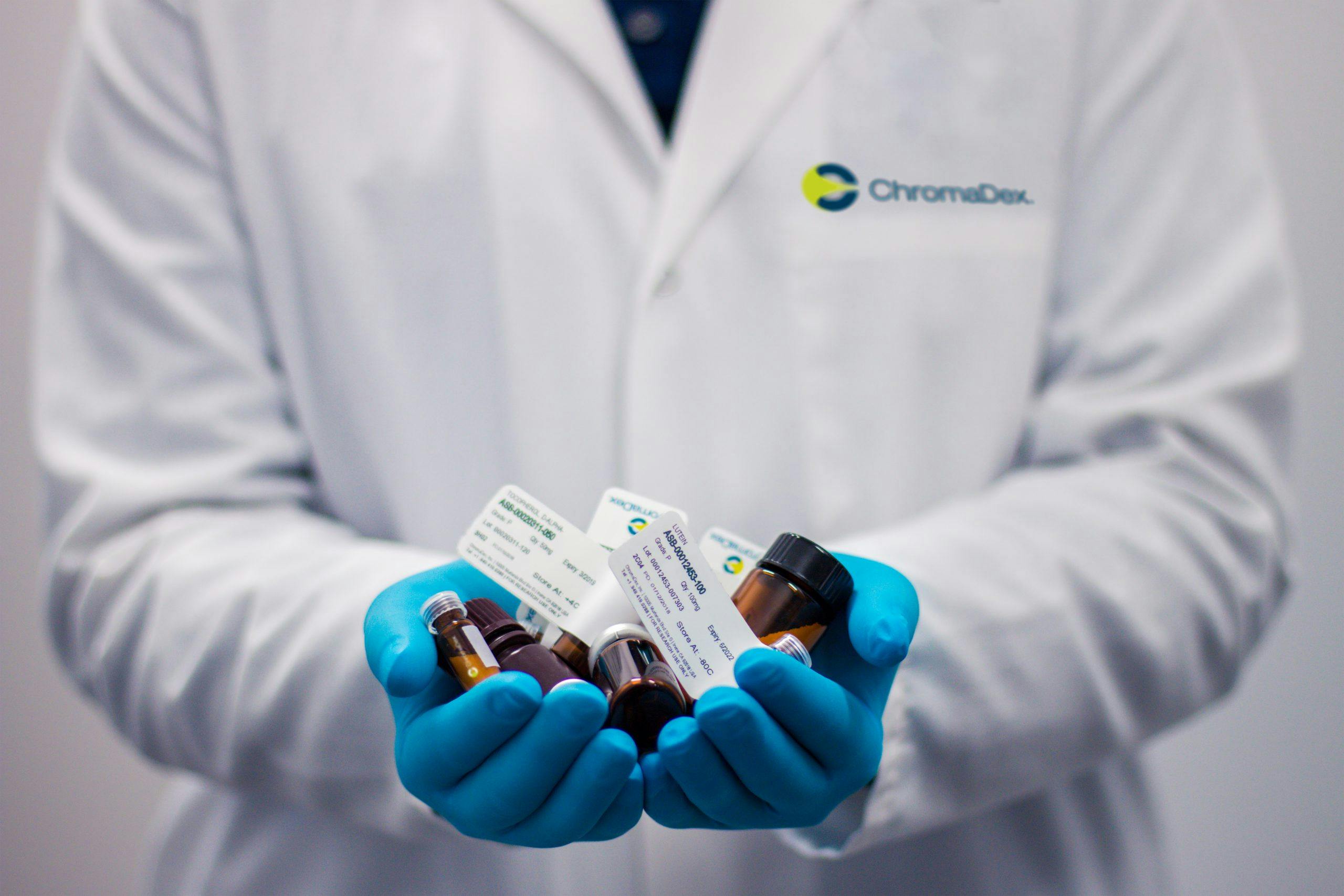HR leaders were already bracing for rising benefits costs before the coronavirus pandemic hit. The 2019 Kaiser Family Foundation’s annual employer benefits survey found that the average family plan cost has increased by 22% over the past five years, and by 54% since 2009. Employer health benefits were already expected to rise another 5% this year.
Now, however, as HR leaders move forward in what is our new normal, there is an even greater need to minimize costs while simultaneously ensuring employees have access to the medical support they need. While planning how to operate successfully in this new environment, there is one area in particular to consider: restructuring pharmacy benefits.
COVID-19’s Impact on Pharmacy Costs
Pharmacy benefits currently account for 21 cents per dollar spent on healthcare, and COVID-19 is bringing new factors to the equation.
In mid-March, many pharmacy benefit managers (PBMs), including CVS Caremark, Express Scripts and OptumRx, quickly changed their policies to allow people to pick up their prescriptions in larger quantities than usual, and waived fees for early refills, deliveries and mail-orders in order to help ensure safe access to medications. This was extremely beneficial for the community. But it also led to a spike in pharmacy claims costs that many businesses were unprepared for.
Fortunately, the short-term rise in claims will even out as shelter-in-place orders end and employees return to their previous prescription ordering cycles. Long-term implications are still on the horizon, however.
While the full effects are yet to be determined, experts are predicting that the coronavirus will have a lasting, chronic impact on survivors. According to a Willis Towers Watson analysis, on top of significant health and wellness concerns, these individuals also face financial burdens: medical and prescription costs for people with COVID-19 could range from $250 to $100,000. A recent report by the Integrated Benefits Institute (IBI) also found that the total cost of COVID-19 to employee benefit plans could exceed $23B, not including ancillary costs such as paid family leave time. This is in addition to other healthcare increases employers were already facing earlier this year.
Restructuring Pharmacy Benefits to Address Rising Costs
Employers need to ensure their member employees have access to the medications and treatments they need – now more than ever. However, it is possible to reduce the cost of pharmacy benefits without reducing value and care for employees.
Just 1-2% of a plan’s prescription drug claims will account for 50% of total plan cost this year, meaning a very small portion of members or drugs – usually specialty drugs – accounts for the largest portion of an employer’s benefits costs. Even one specialty drug can cost your plan more than $250,000 in a single year, which is catastrophic for some businesses.
Many HR executives have historically maintained a carved-in pharmacy plan with their overall healthcare benefits package, believing that making a change could cause disruption for their employees. However, this often comes at a cost to both the business and employees. In these carved-in arrangements, there is only one contract; this is simple from a vendor management perspective but leaves little room for negotiation and customization. These plans are often more generic rather than tailored to meet individual business needs, which can leave employers – and members – unnecessarily paying more. On average, mid-size and self-insured businesses with carved-in pharmacy plans end up paying 25-30% more in annual costs than necessary.
Alternatively, with a carved-out arrangement – in which you break out your pharmacy from your medical benefits plan – you may work with an employee benefits consultant, pharmacy consultant, or third-party administrator to negotiate a contract directly with a PBM. This enables HR execs to have more visibility into and control of the plan’s design and costs. It also allows more flexibility and customization of the plan, including the formulary, network, and even a clinical management program. This can be particularly impactful as specialty medications become more prevalent.
Supporting Employees with a Clinical Management Program
Implementing a tailored clinical management program is one of the most important benefits of a carved-out plan. A good program will support employees with ensuring they’re taking the right medications at the right time. It will also help HR leaders with managing the appropriate use of specialty or high-cost medications.
Such a program can be designed to include triggers to review high-cost, low clinical value claims, and recommend alternative solutions. Detailed reports can also help you monitor changes in claims utilization, identify noteworthy trends, and support actions to manage the plan’s drug spend. Most importantly, rather than working with a team of generalists, a carved-out plan is typically supported by a pharmacy account team with deep expertise.
An effective program will be able to easily answer questions such as:
- Which drugs are being utilized by most members?
- What are the most expensive drugs being utilized?
- Are the company’s dollars being spent on the most appropriate drugs?
- How will my plan handle a new specialty drug that comes to market?
Moving Forward
One out of every six people utilizes a prescription drug on a regular basis. With the cost of specialty drugs on the rise and employers facing a sharp increase in benefits costs in 2020, it is crucial for HR leaders to look at their pharmacy benefits plans with a critical eye.
Understanding the data in your own organization is key. With detailed insight into prescription utilization patterns and the company’s formulary, HR leaders can be better equipped to support employees’ wellbeing as well as reduce costs for the organization.
By carving out a pharmacy benefits plan that works for your company, HR leaders can protect against potential pharmacy risks, enhance medication safety for members, and positively impact the business’s bottom line.
